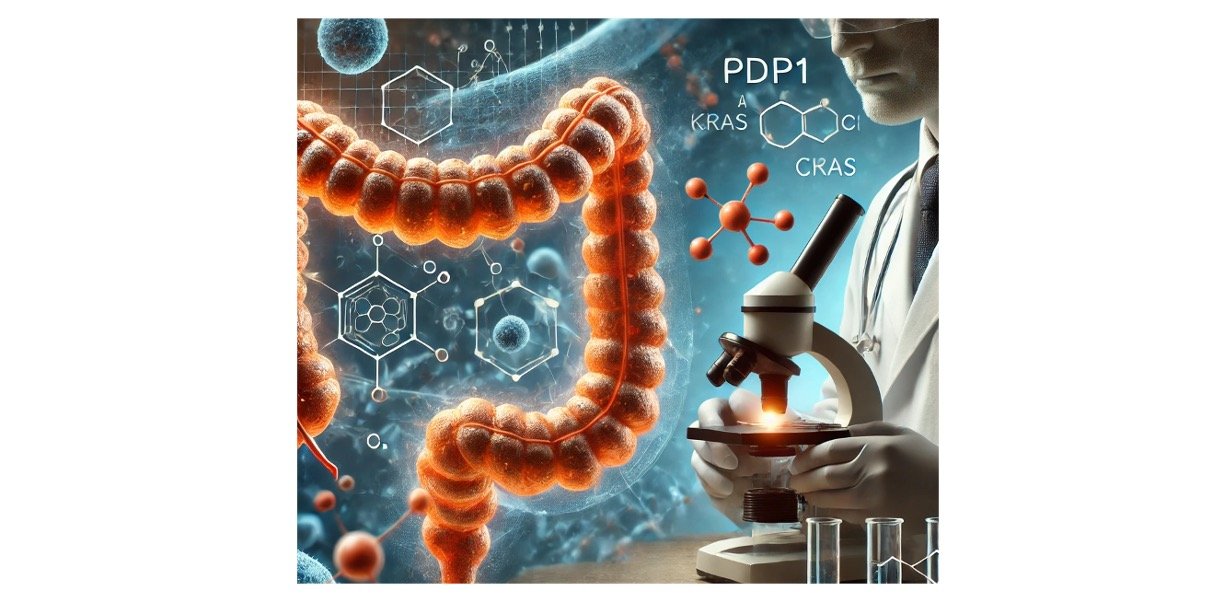Casein Hydrolysis Test Introduction
Biochemical tests are generally used to determine the ability of the microorganism to be stable in the enzymatic field. This test also helps us to determine the characteristics of the microbe in the medium.
However, these tests are usually preferred for identifying the different species of bacteria based on their ability to differentiate the biochemical and enzymatic activities of the chosen species in the culture.
Basically, Bacterial physiology varies from one type of organism to the other This ability of the bacteria to form an organic compound by metabolizing the certain forms of carbohydrates and compounds related to it are performed by biochemical tests.
Casein hydrolysis test also helps us to determine the ability of the micro-organism to degrade the protein casein.
Casein is one of the major milk proteins and it is one of the macro molecules which is one of the subunits linked together by the peptide bonds.
The basic principle used in this test is that medium will be opaque due to the colloidal suspension of casein.
Hydrolysis of this reaction causes the milk agar to clear the area that is present around the growth area, as the casein protein is converted into its soluble and a transparent form.
Casein Hydrolysis Test
Casein, the major milk protein, one of the macro molecules comprising of amino acid, which makes a major source of about 85% of protein that is being an important part in forming the white color of the milk.
Casein is generally considered as too large which cannot enter the cell membrane.
To assimilate with the cell membrane, protein should undergo a step-by-step process of degrading them into peptones, and other smaller compounds such as polypeptides, dipeptides and into to other components such amino acids, which make up the building block.
These proteases play an important role in cleaving the peptide bond by introducing a water molecule into it.
This reaction further liberates the amino acids that are low in their molecular weight and are transported via the cell membrane which helps them in synthesizing the structural and functional cellular proteins.
Casein Hydrolysis Test Objective
The main aim of the Casein Hydrolysis Test is to determine the ability of the specific organism to degrade the casein proteins. To differentiate the organism based on their ability to produce an exo enzyme namely proteinase.
Casein Hydrolysis Test Principle
Some micro-organisms have its ability to degrade the protein, casein by producing the proteolytic enzymes namely known as proteinase. This is also known as caseinase. Usually for demonstrating an activity a lab milk aga is being used for the experiments.
Here the medium is generally composed of the nutrient agar being supplemented with the milk containing the protein substrate known as casein.
Like the other substances as protein, mil protein, casein is also a colloidal suspension which provides the medium its color and opacity as it reflects light rays rather than the transmitting them.
Following the inoculation and incubation of agar in the plate culture the organism will exhibit a zone of proteolysis, that is usually demonstrated by the clear area that is being surrounded by a growth of bacteria.
This loss of opacity is due to the result of hydrolytic reaction yielding soluble, non-colloidal amino acids which represents the positive reaction.
Absence of a protease activity in the medium that is surrounding the growth of organisms and remains opaque, in case of negative reaction.
Casein Hydrolysis Test Reagents
Media:
| Ingredients | Gram per Liter |
| SM powder | 28.0 |
| Tryptone | 5.0 |
| Yeast extract | 2.50 |
| Dextrose | 1.0 |
| Agar | 15.0 |
Casein Hydrolysis Test Procedure
Initially the organisms are inoculated on the plate either in a form of straight line or in a zig zag manner.
The plate is incubated at a temperature of about 25 to 37ºC.
Then the milk agar plate cultures for examined for the presence or absence of a clear area or for the formation of zone of proteolysis, which surrounds the growth of the bacteria, which is used as the test organisms.
Casein Hydrolysis Test Results
Positive Casein Hydrolysis Test: In case of positive test, a clear zone is observed around the growth of the colonies. In some cases, it may also be present beneath the growth of the colonies.
Negative Casein Hydrolysis Test: Whereas, in case of the negative test, no clearing is observed neither around nor beneath the inoculum.
Uses of Casein Hydrolysis Test
Casein Hydrolysis Test helps us to identify the bacteria that is grown in the milk.
It also helps us in differentiating the Enterobacteriaceae, Bacillaceae and the other families.
Casein Hydrolysis Test can also be used for differentiating the aerobic actinomycetes based on the proteolysis of casein.
Casein hydrolysis test is used for identifying the organism which helps in hydrolyzing the casein. Some such organisms include Streptomyces, Pseudomonas and Actinomadura.
Casein Hydrolysis Test Limitation
Generally, it is suggested that the immunological, biochemical, molecular or the mass spectrometry tests are performed on the colonies from the pure culture for complete identification of the appropriate species.
Casein Hydrolysis Test Citations
- Hydrolysis of casein: a differential aid for the indentification of Serratia marcescens. J Clin Pathol. 1972 Dec; 25(12): 1083–1085.
- Use of casein, tyrosine, and hypoxanthine in the identification of nonfermentative gram-negative bacilli. Med Microbiol Immunol . 1979 May 15;167(2):71-5.
- Characterization of casein hydrolysates derived from enzymatic hydrolysis. Chem Cent J. 2013; 7: 62.
Share












